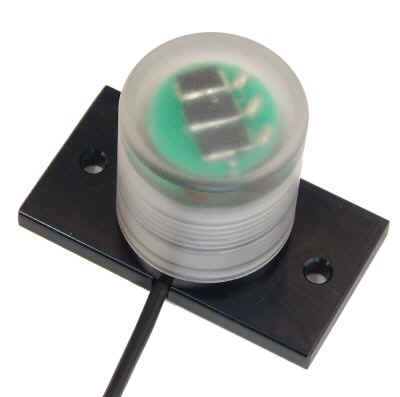|
The Light/Solar Energy Sensor (pyranometer) has been designed to provide a wide spectral response, a good cosine response and low susceptibility to inaccuracies caused by rain drop and dirt effect. It uses a polycrystalline silicon solar cell to measure the incoming global solar radiation. SPECTRAL RESPONSE: The full terrestrial solar spectrum deposits measurable energy at the earth's surface in the range from 287 nanometers (nm) to beyond 4000 nm. However, as can be seen from the spectral response graph below, this sensor measures the radiation between 300 and 1100 nm as over 90% of the solar energy is between this range. COSINE RESPONSE: An ideal Sensor collects radiation from horizon to horizon and should therefore have a reception angel of 180° in all directions. In reality, some low angle radiation will not be detected because of the geometry of the sensor but this has been minimized by the sensor head design. Therefore, the cosine error for this Sensor is typically less than 3% from vertical to 85° in all directions.
|
